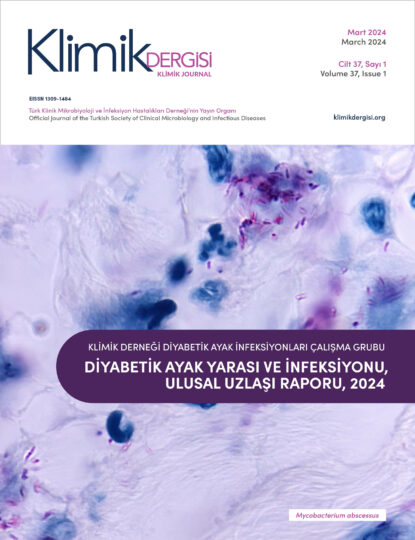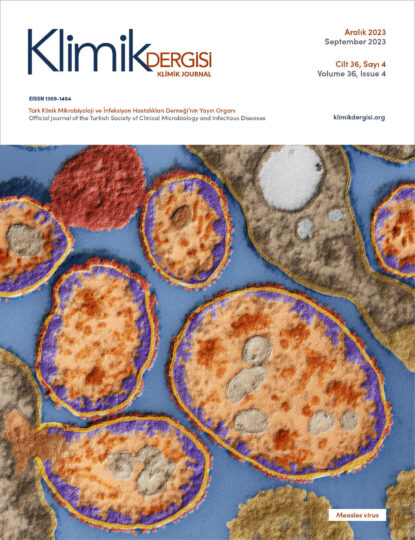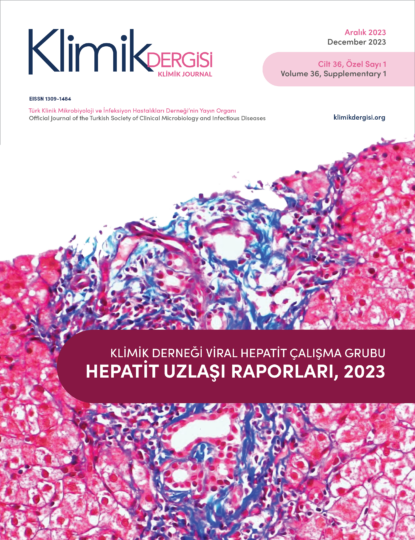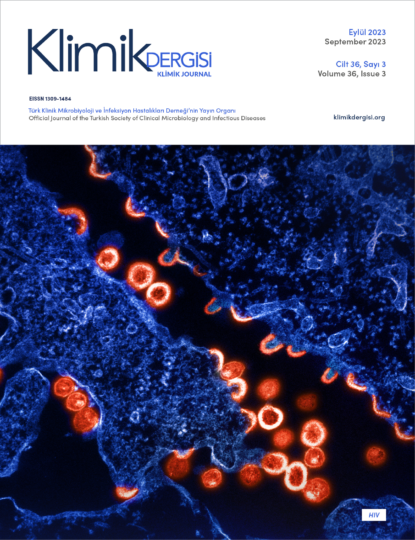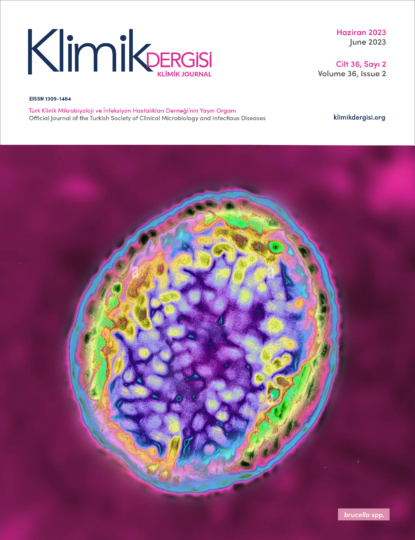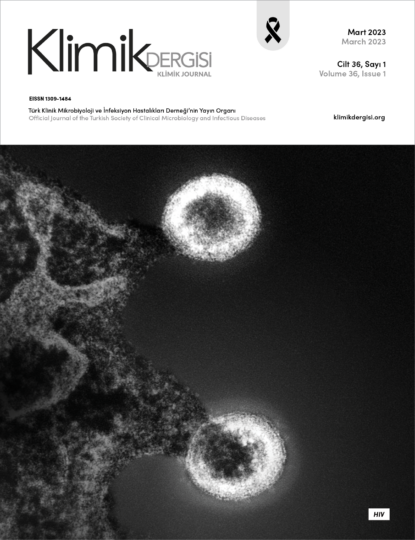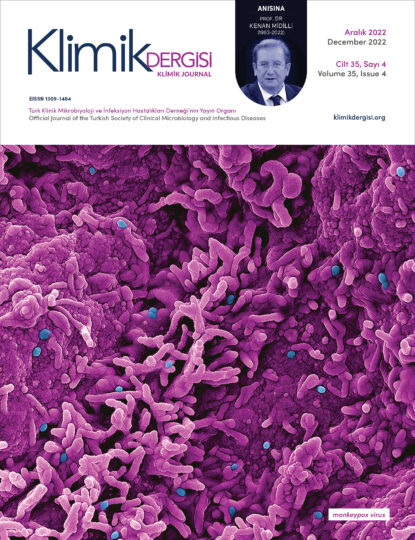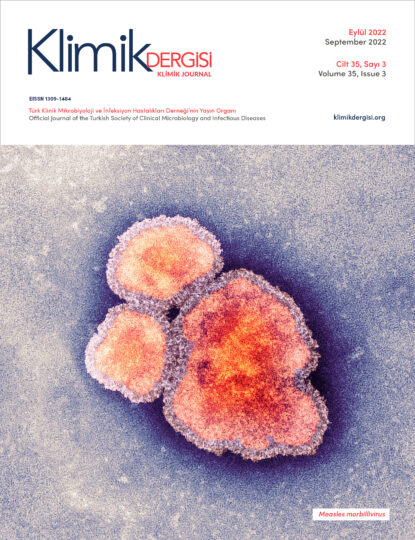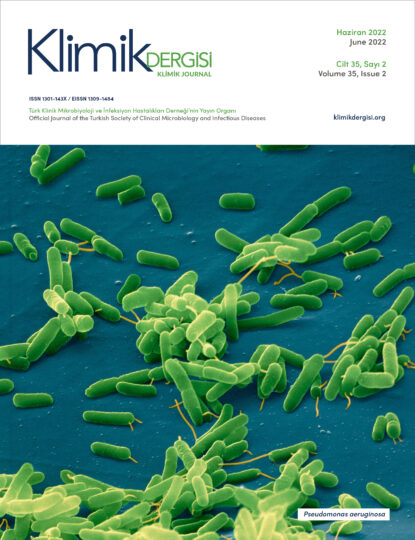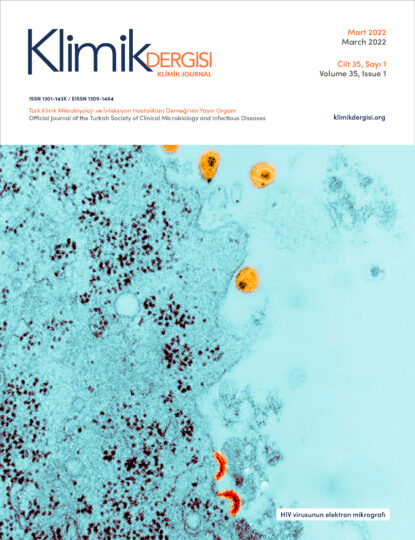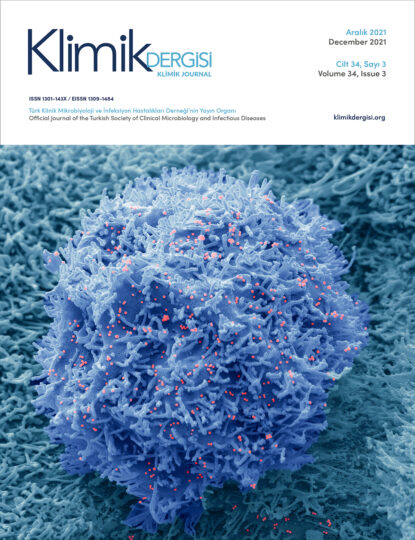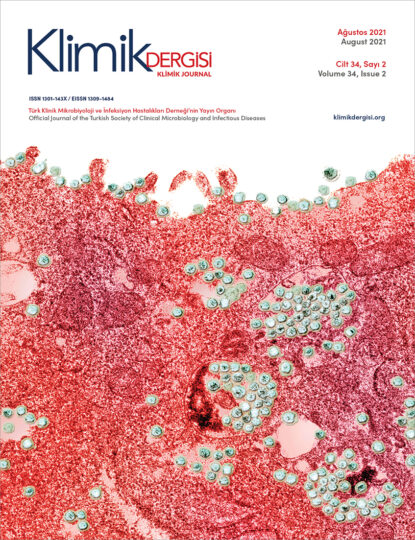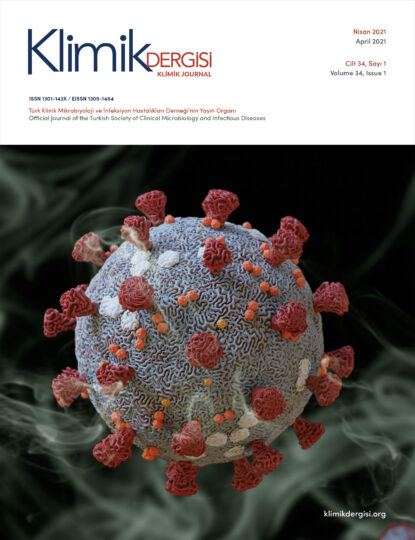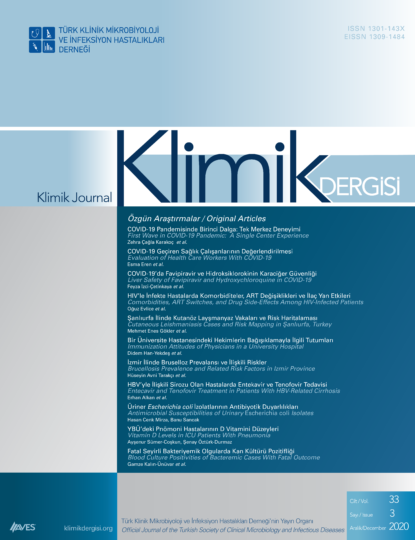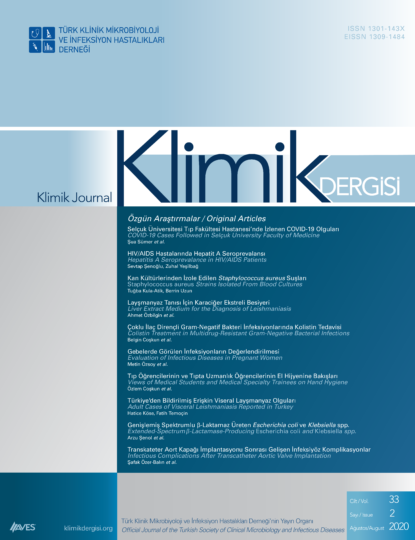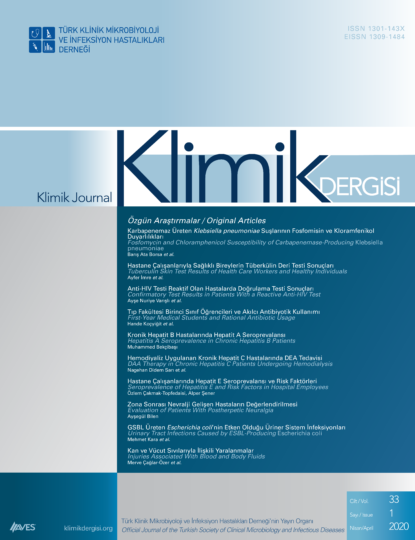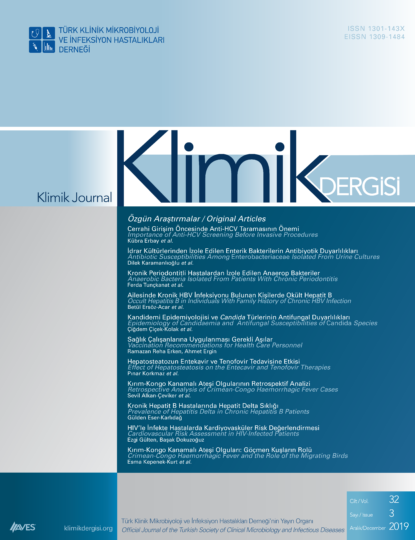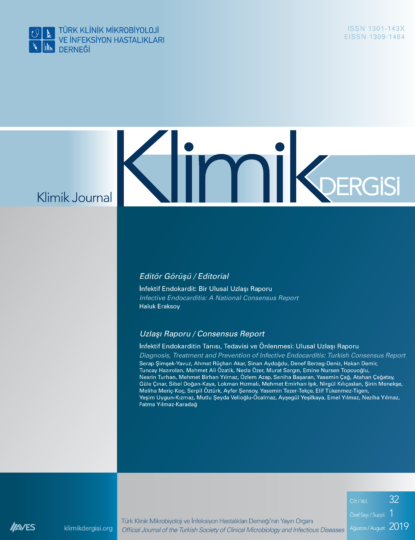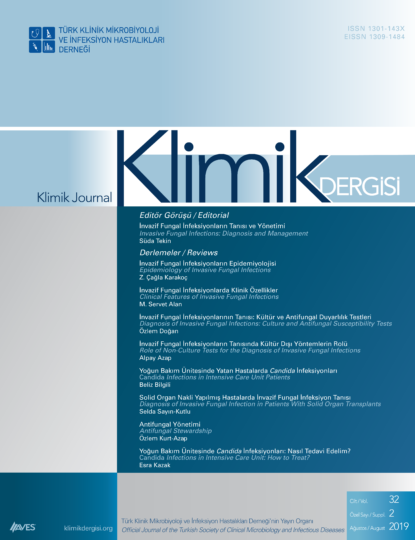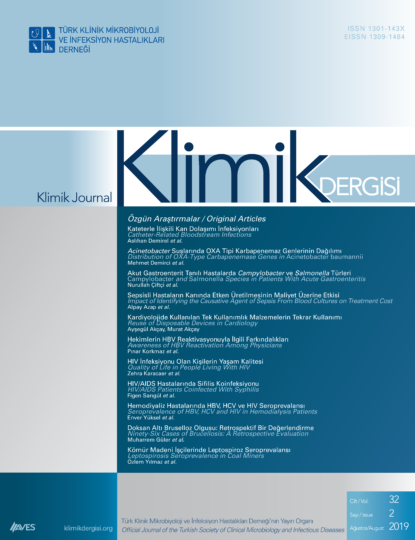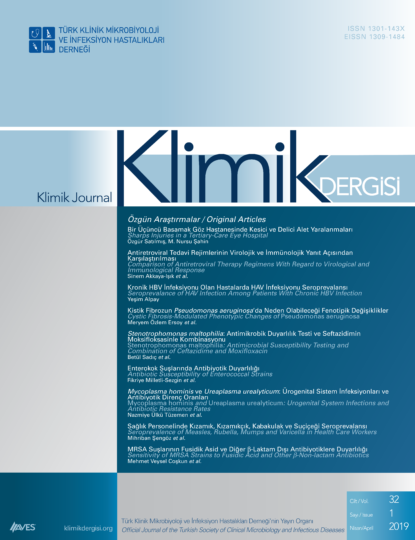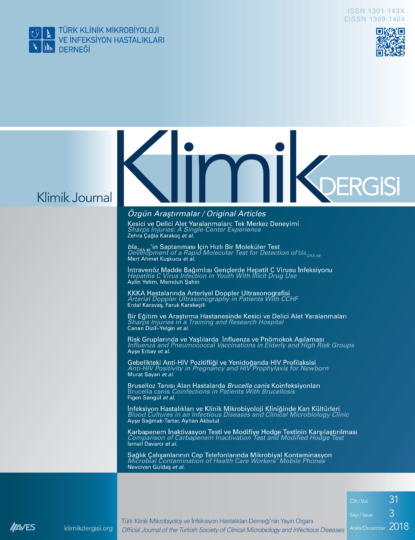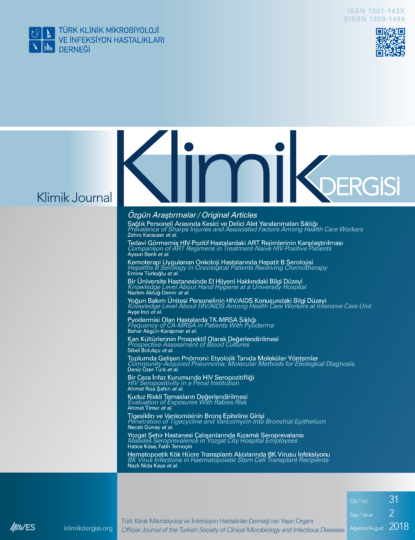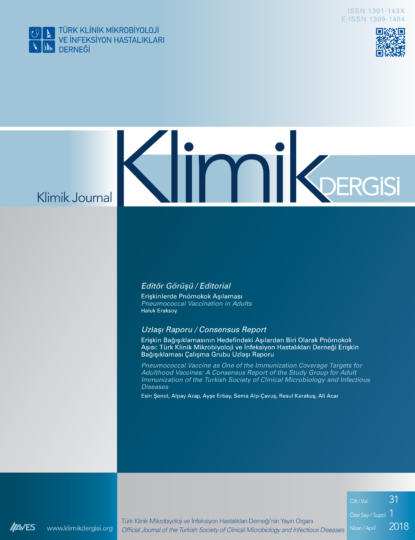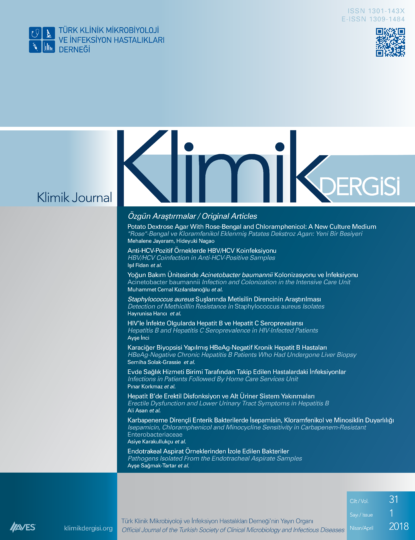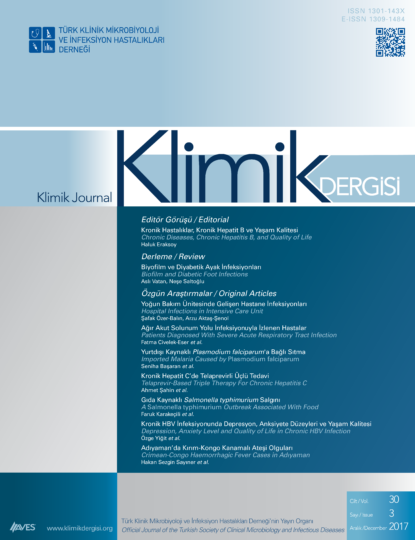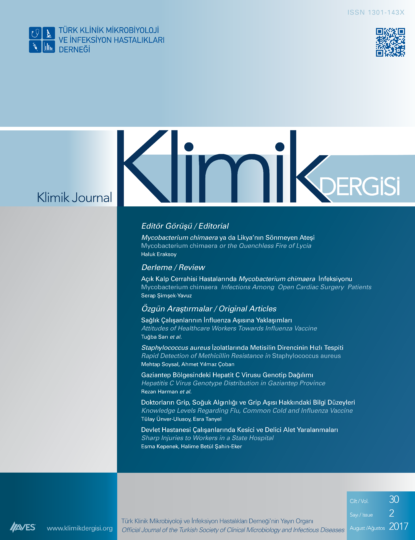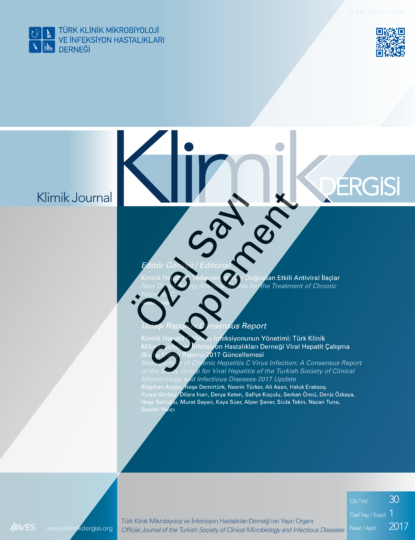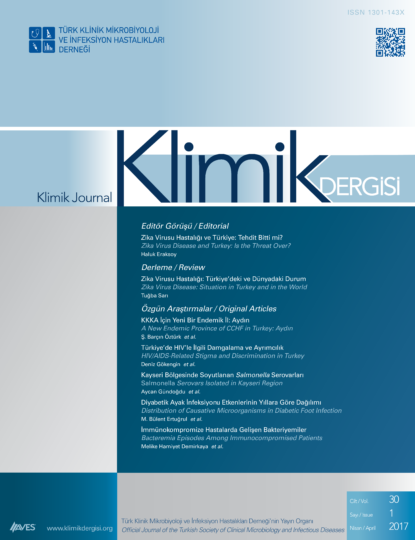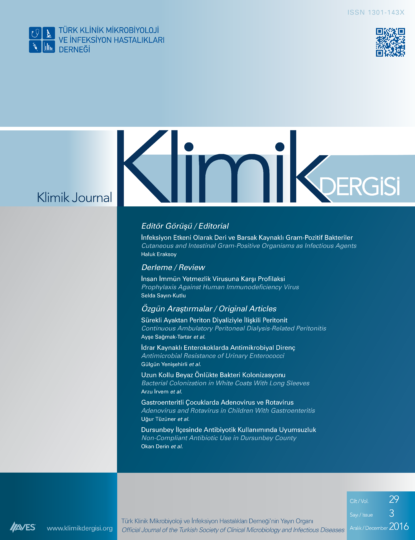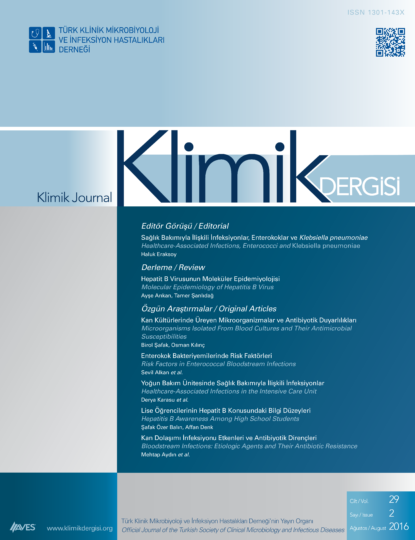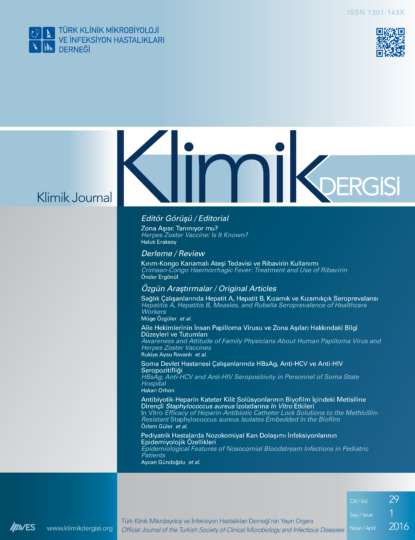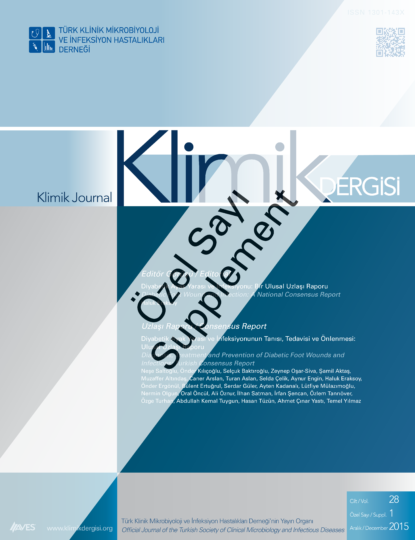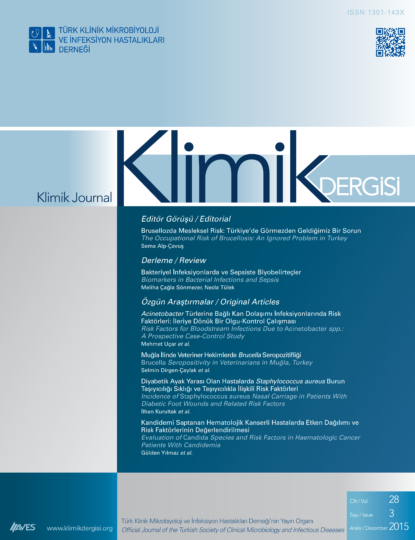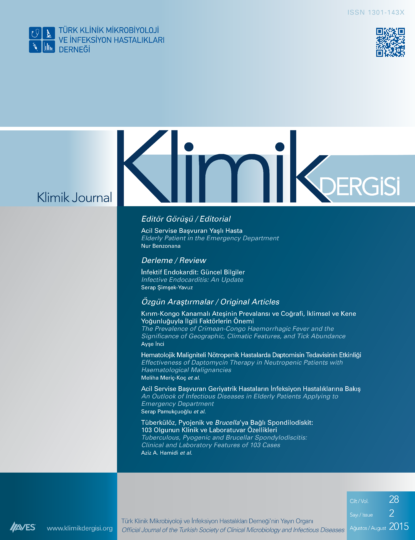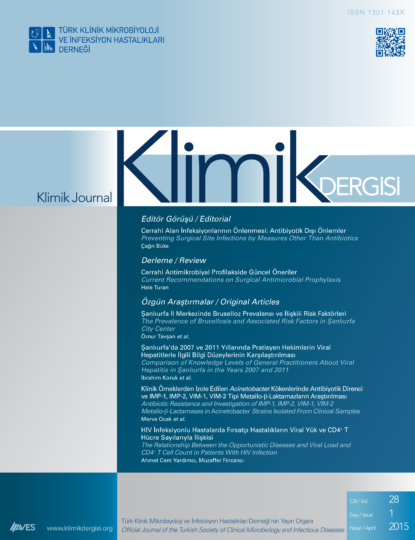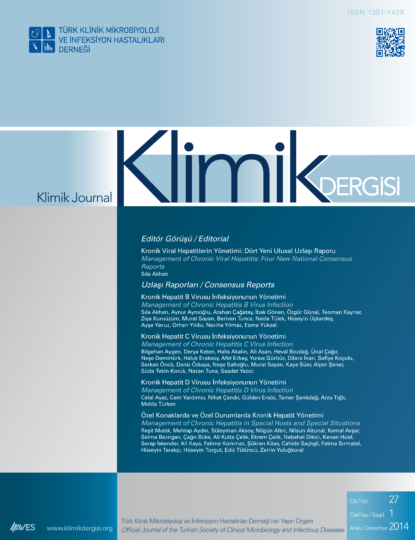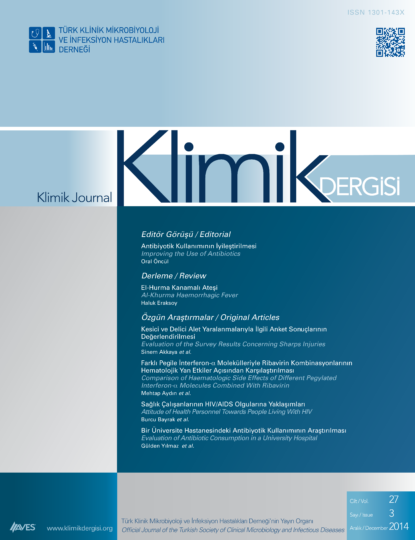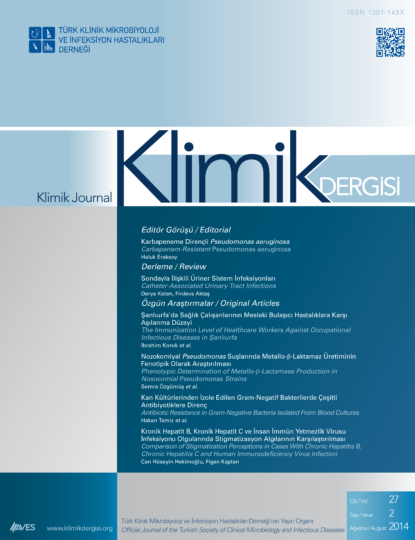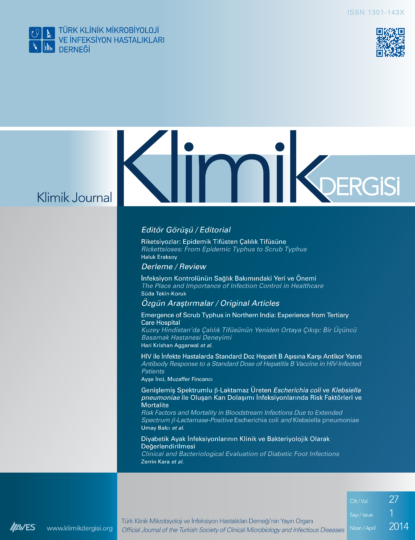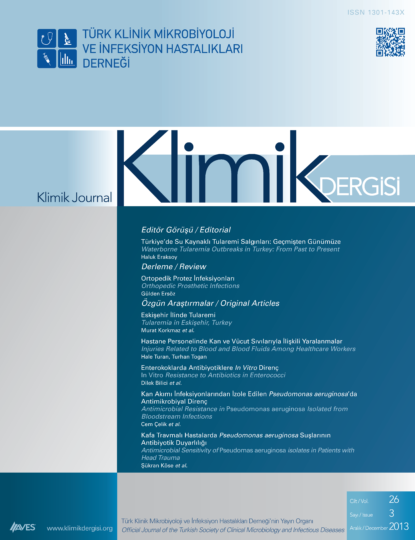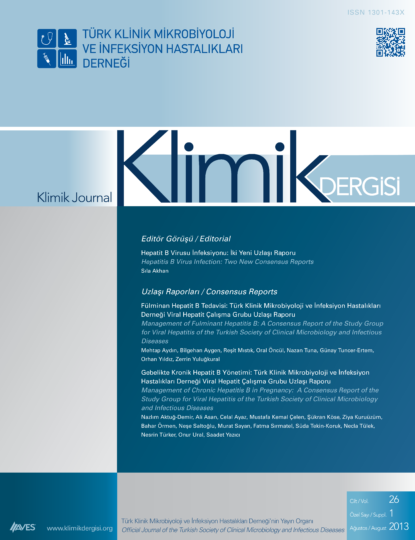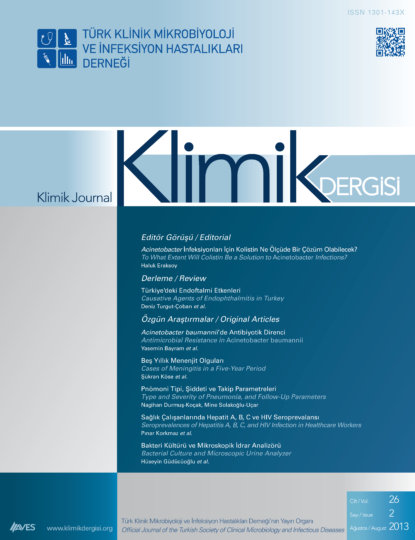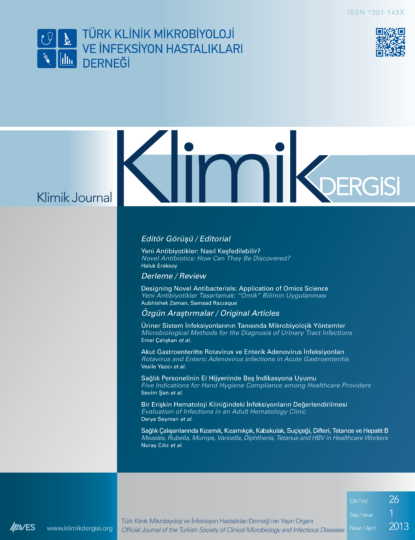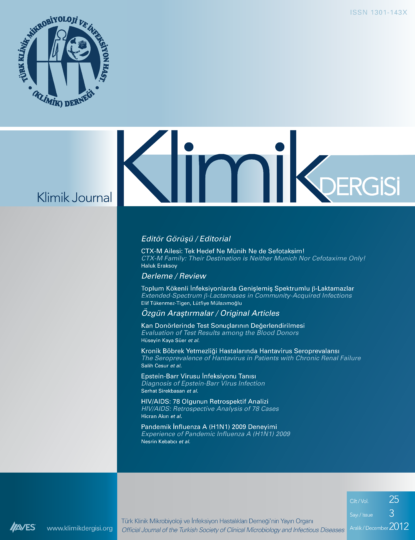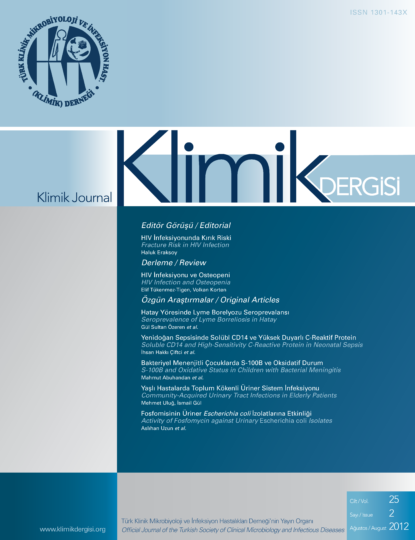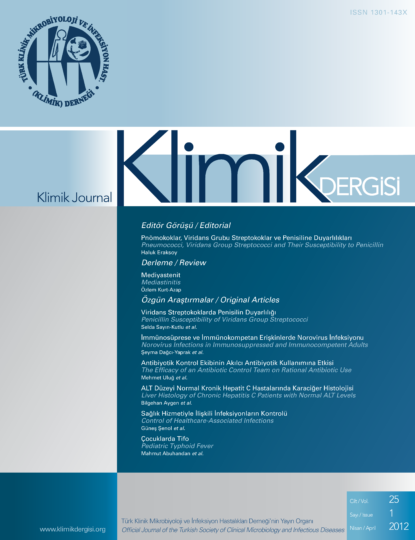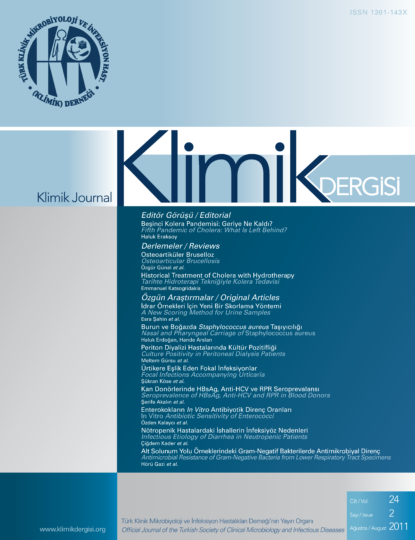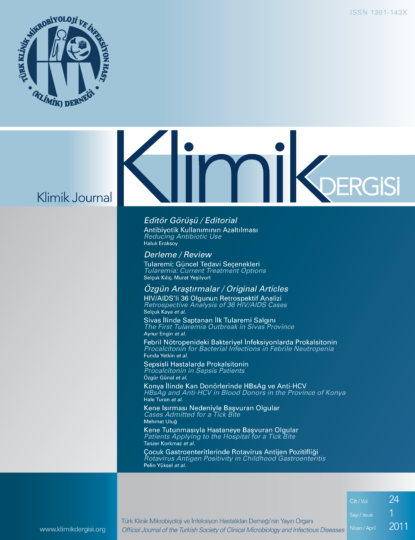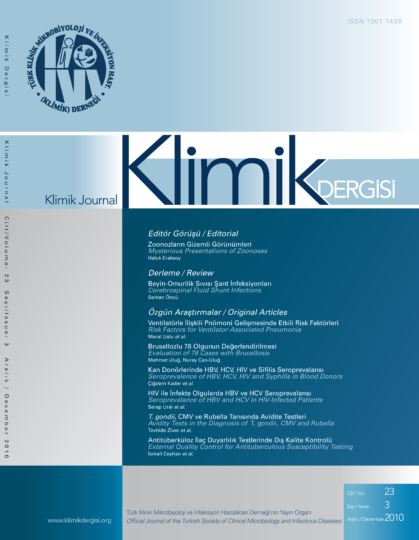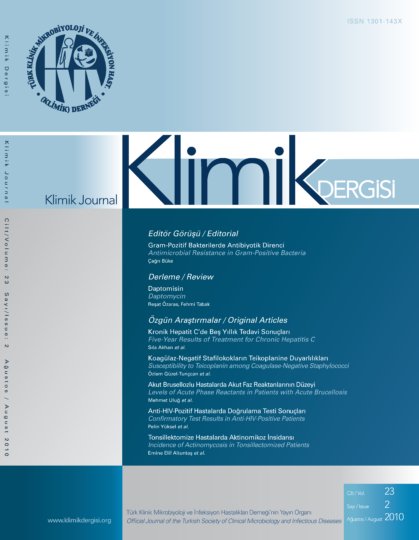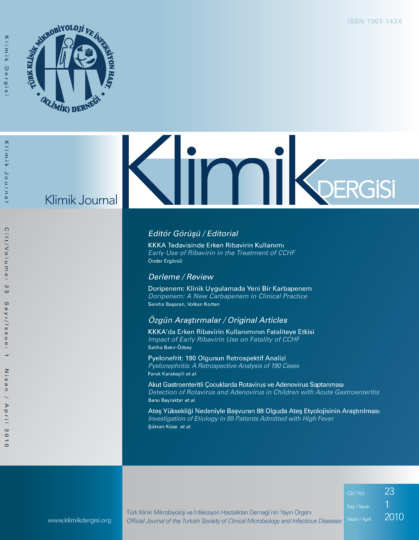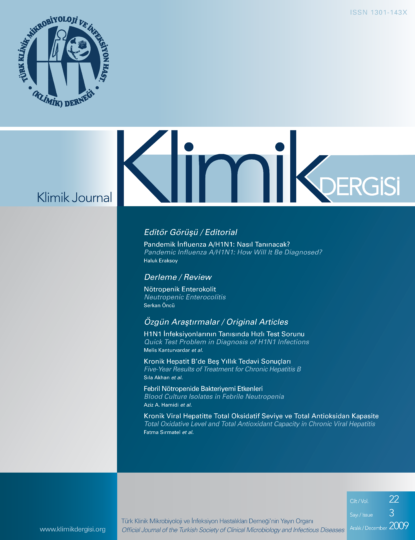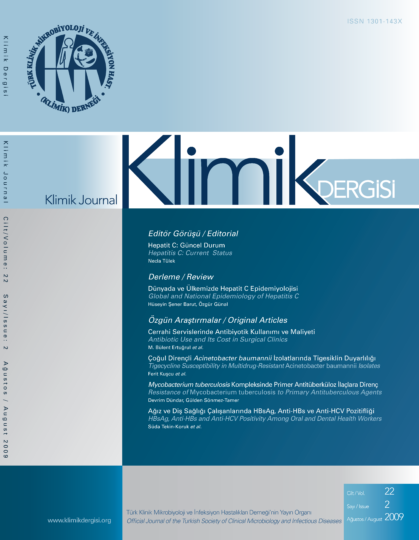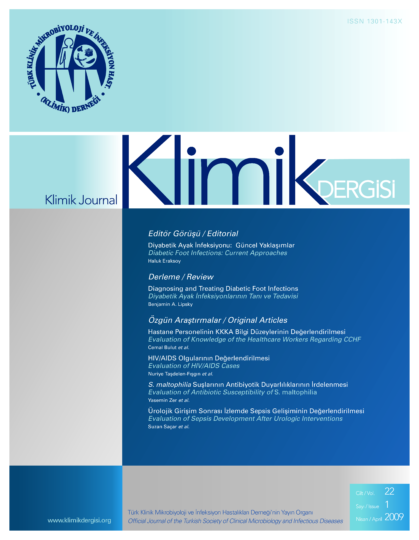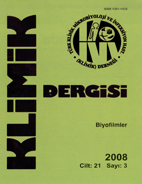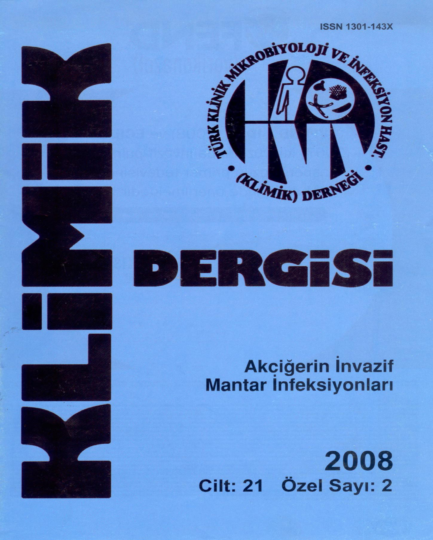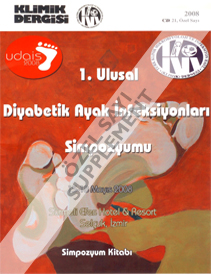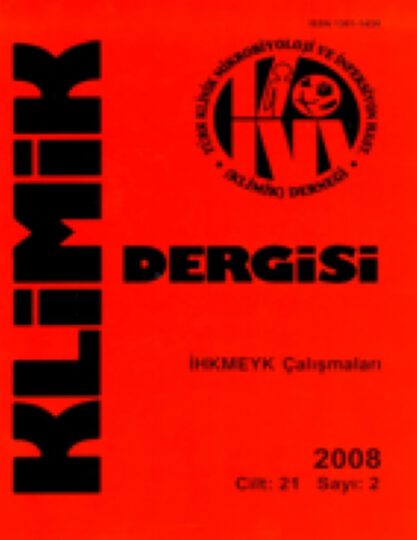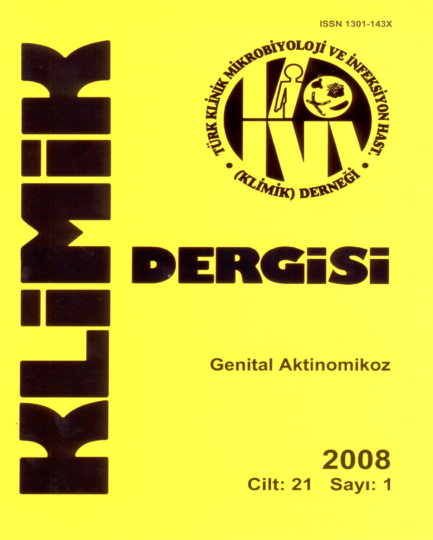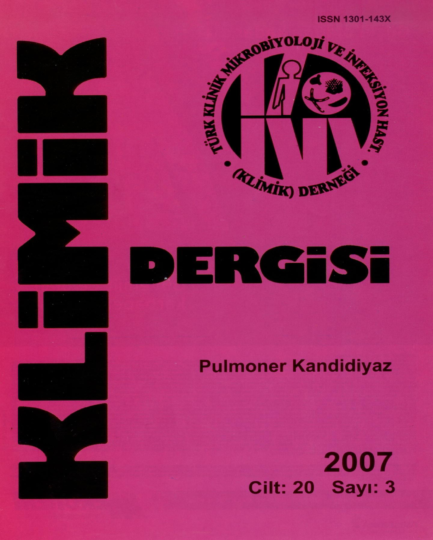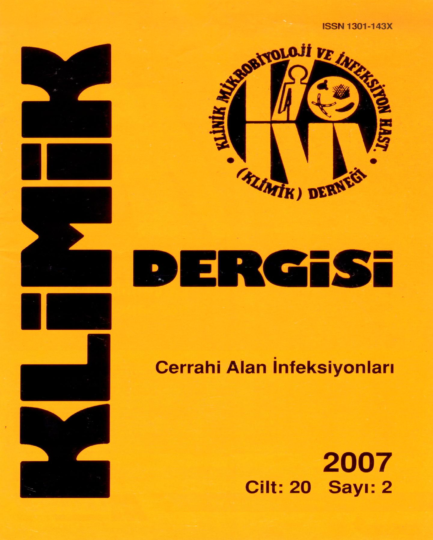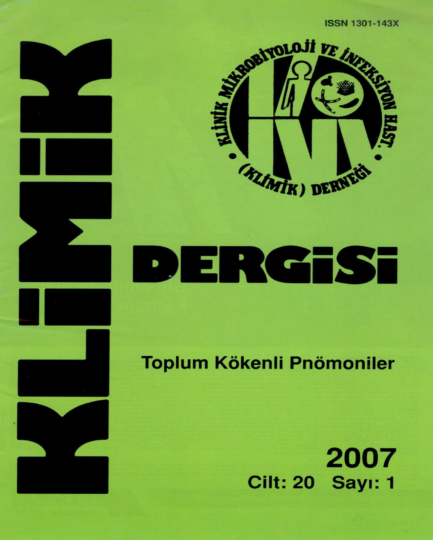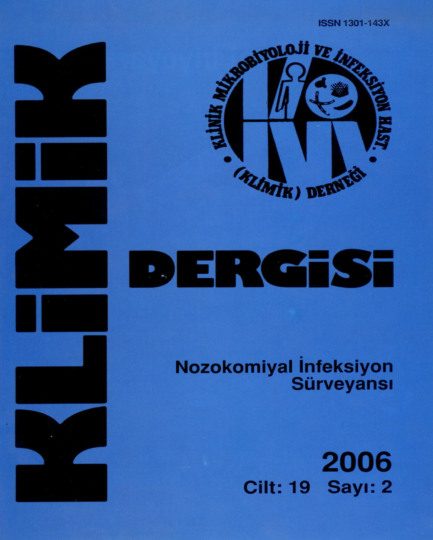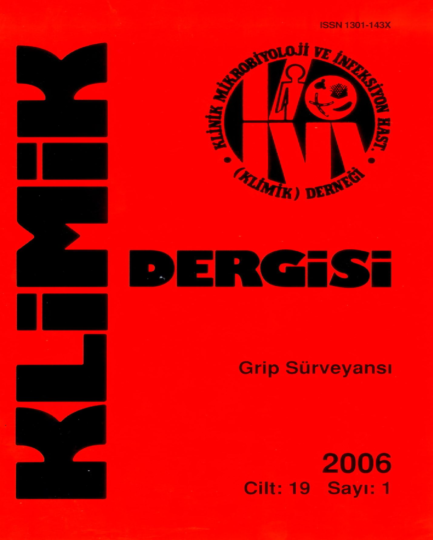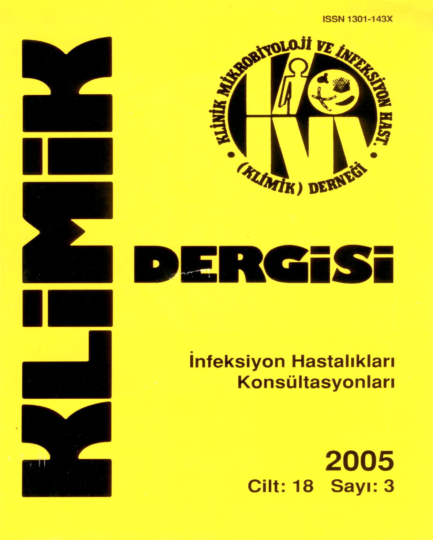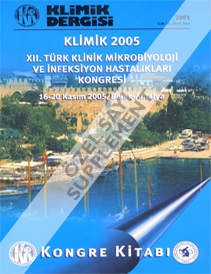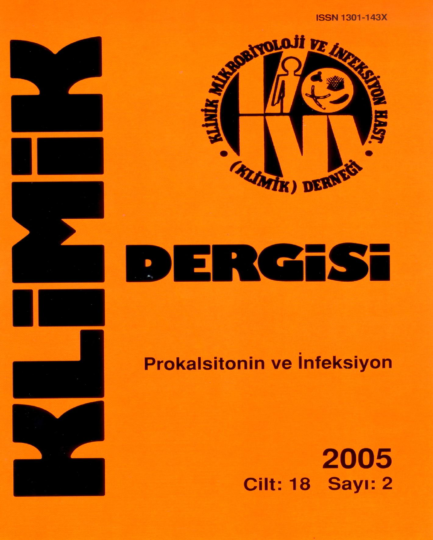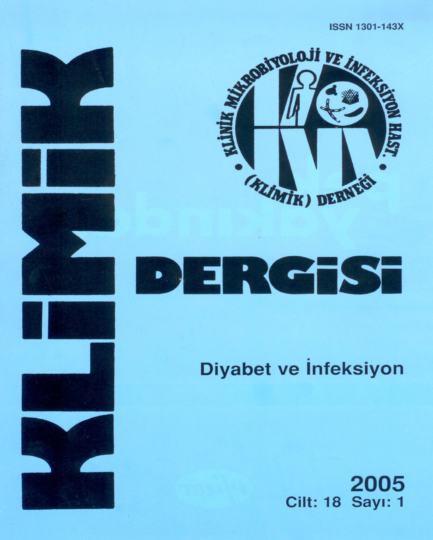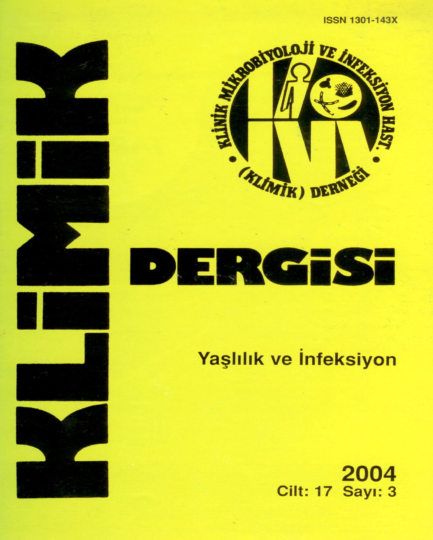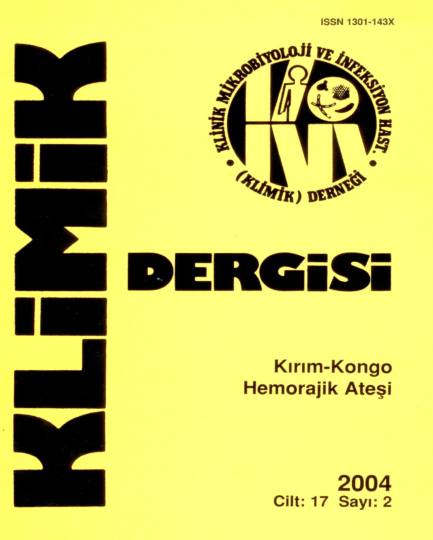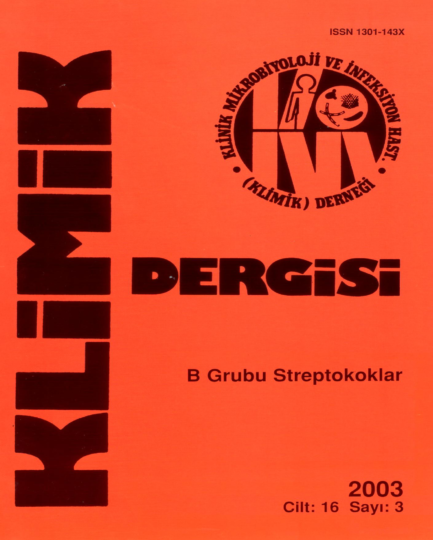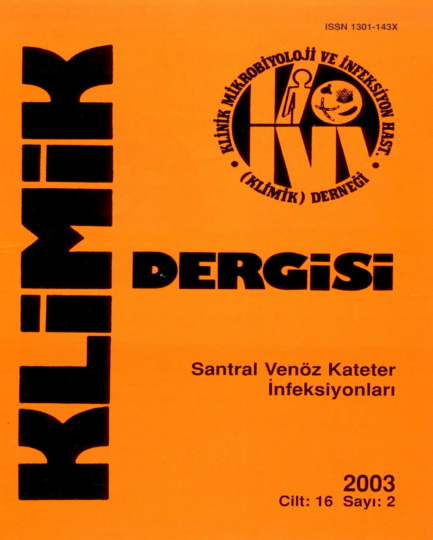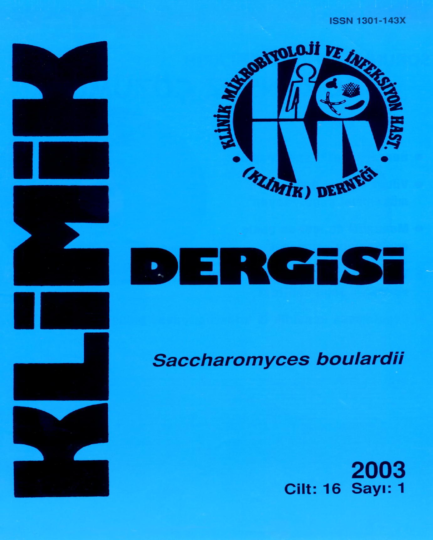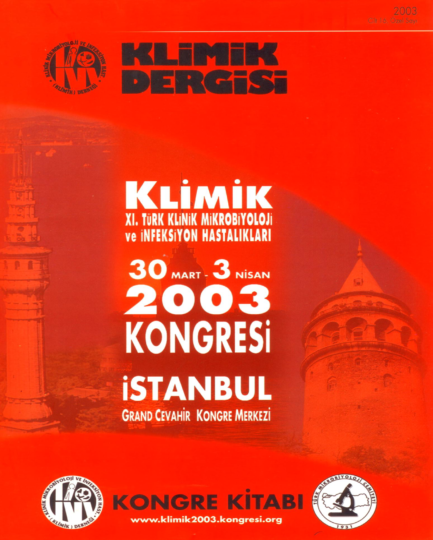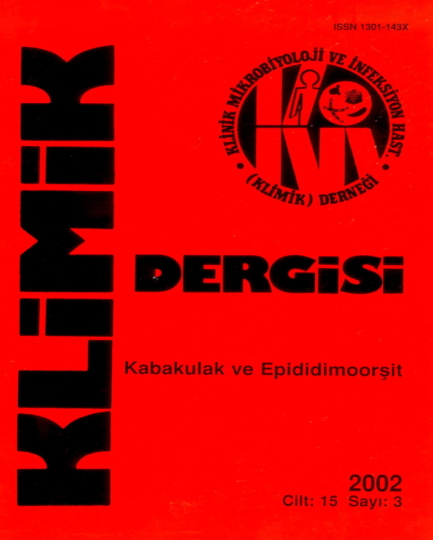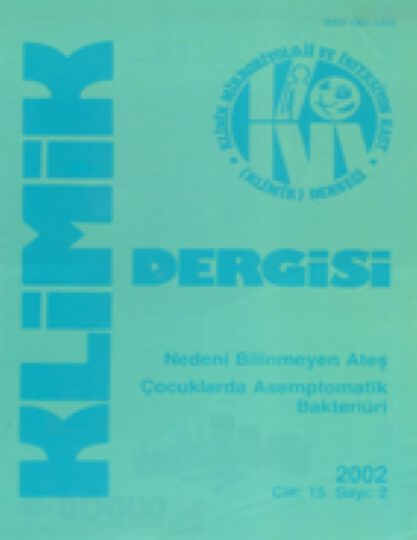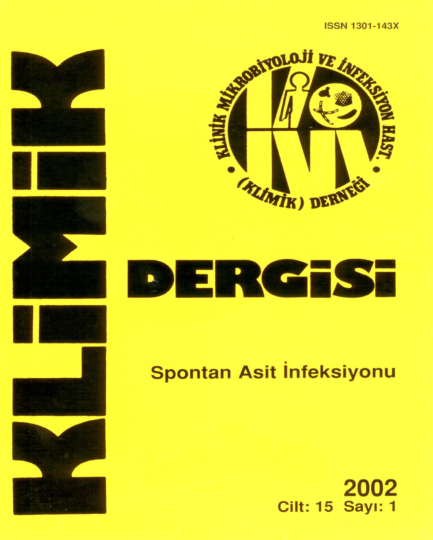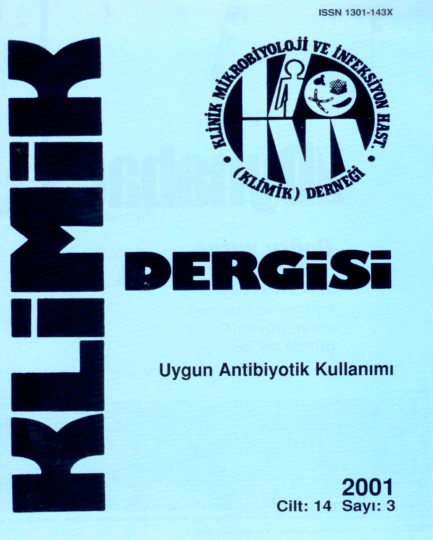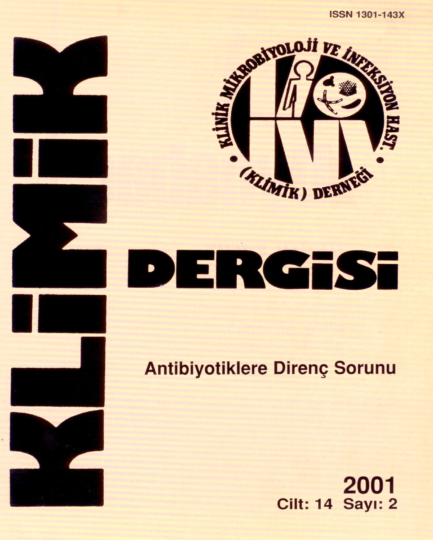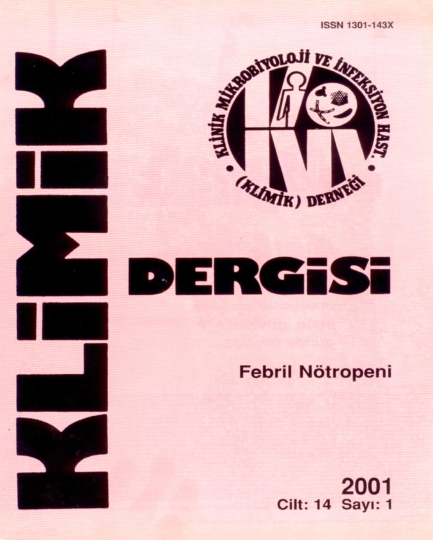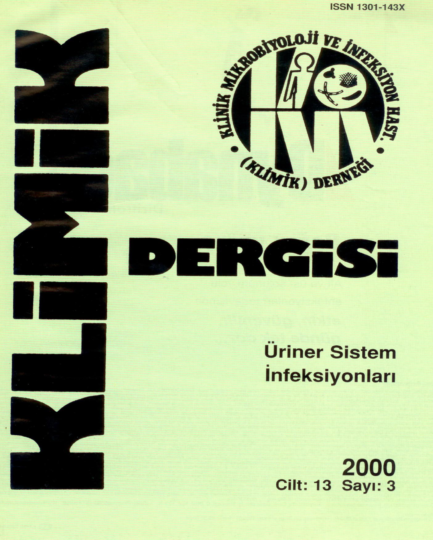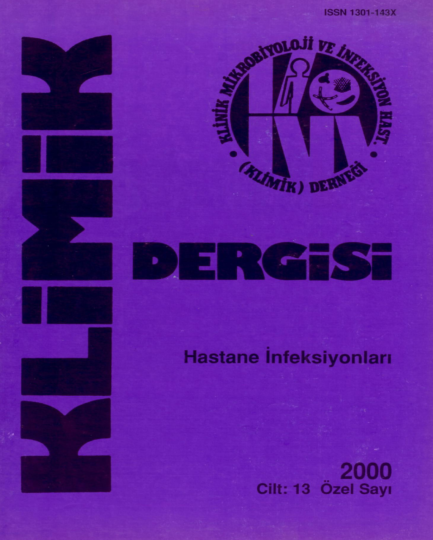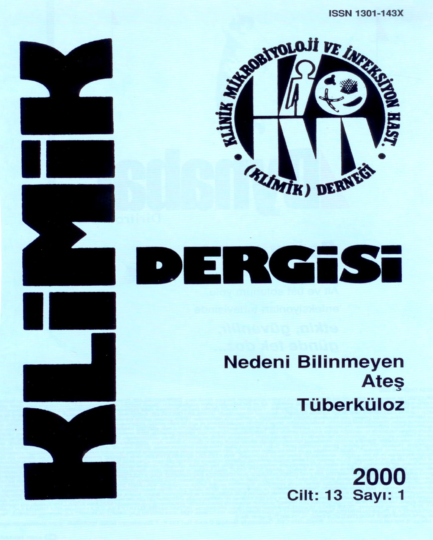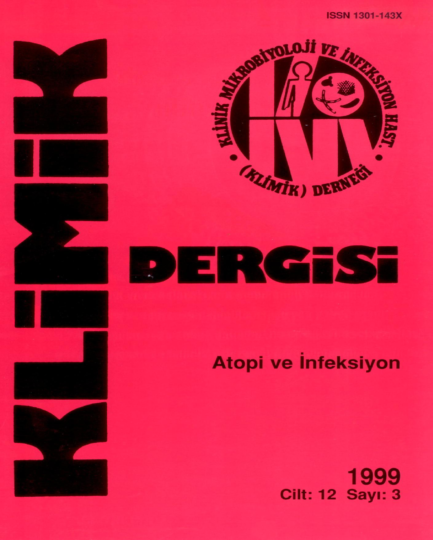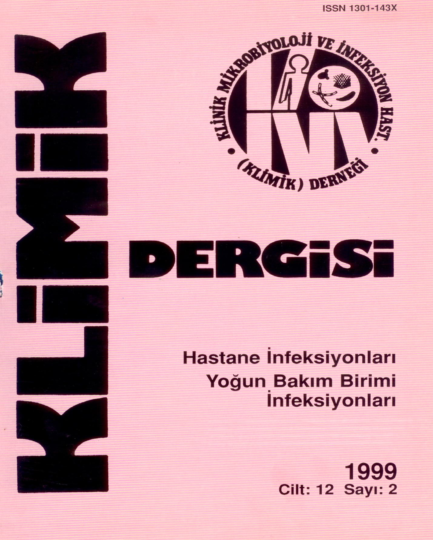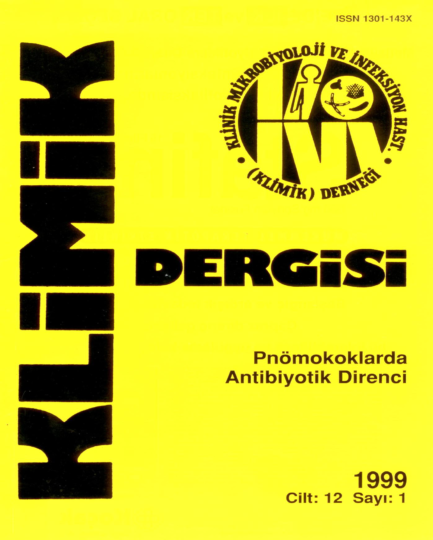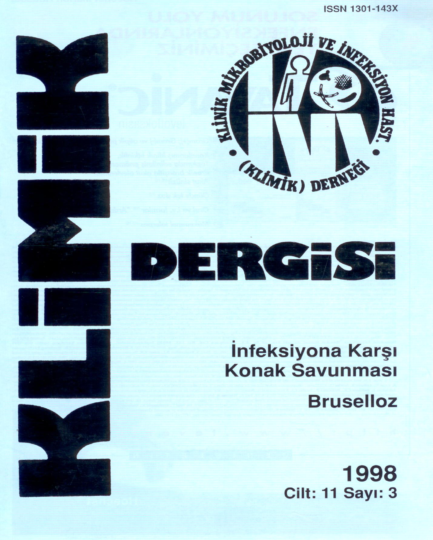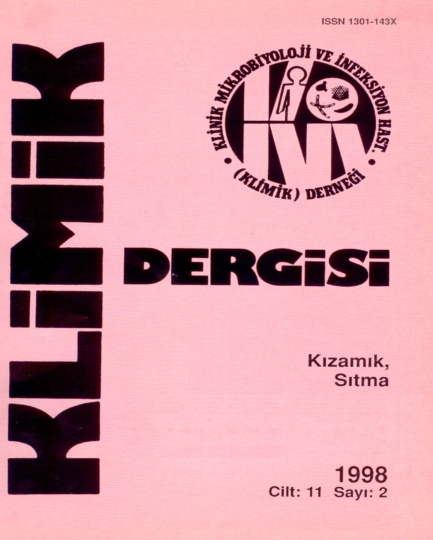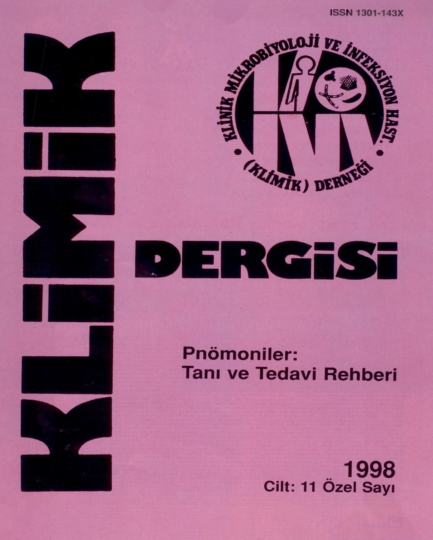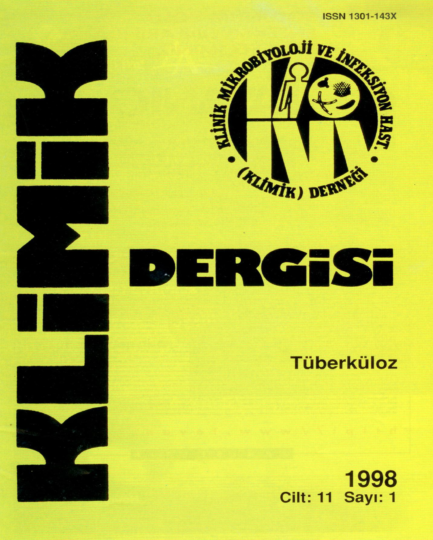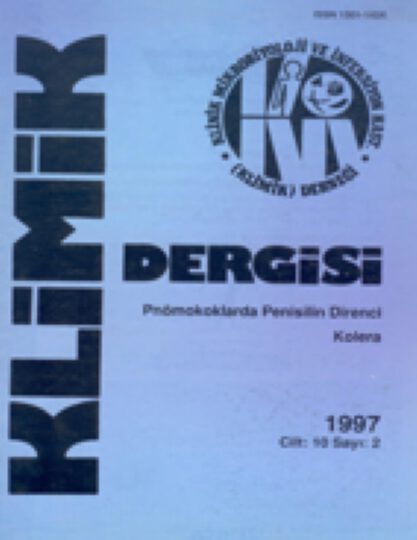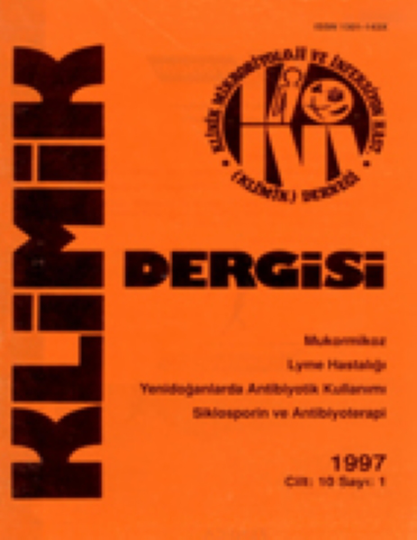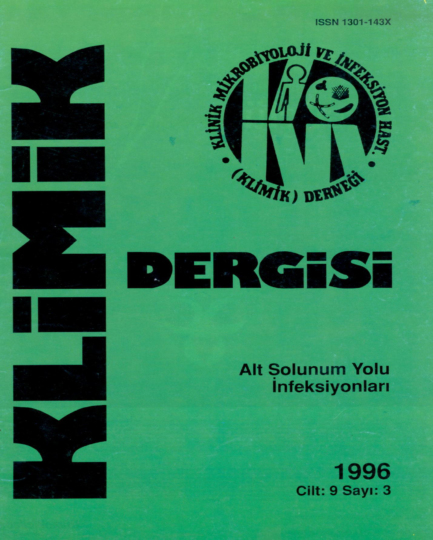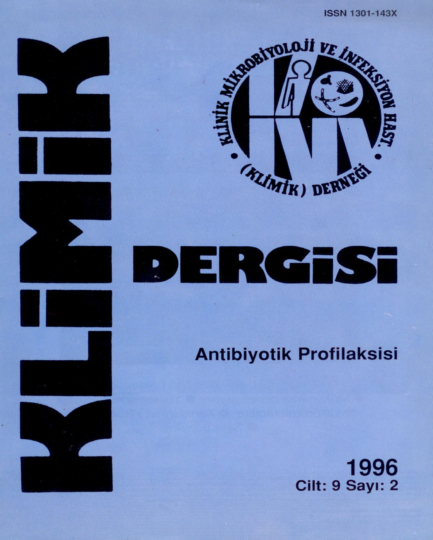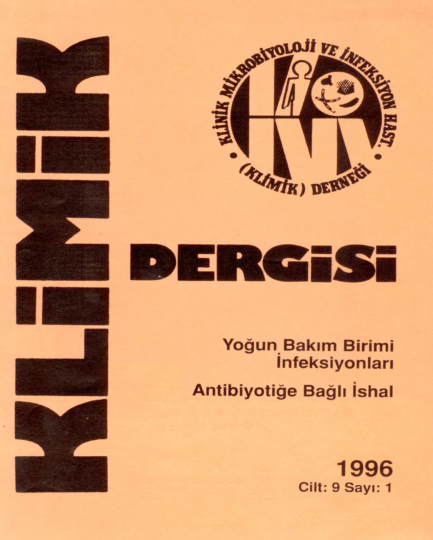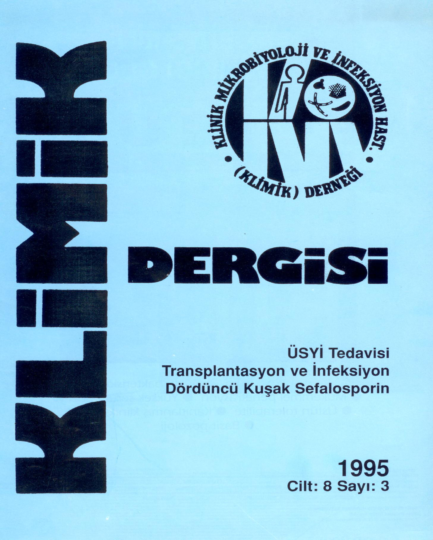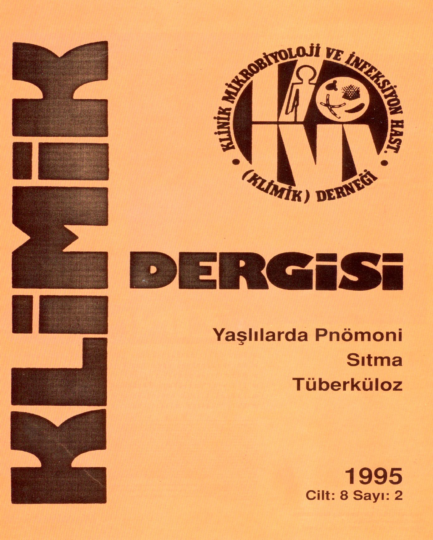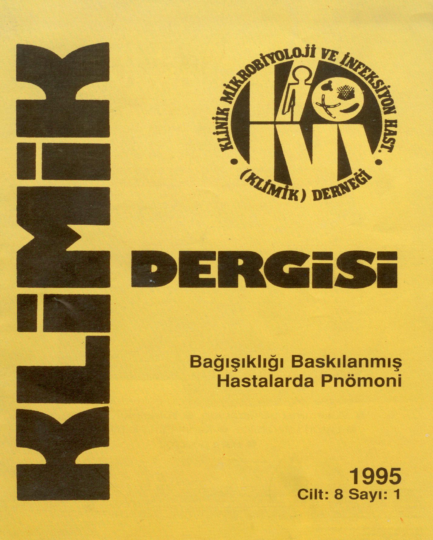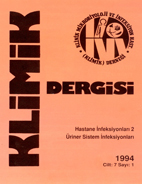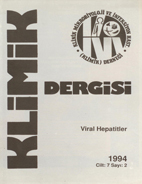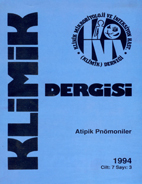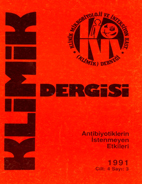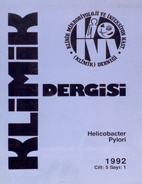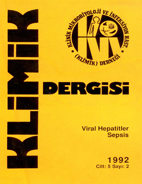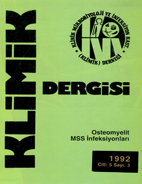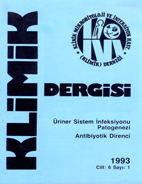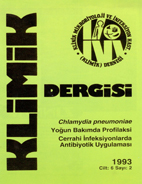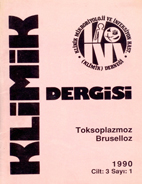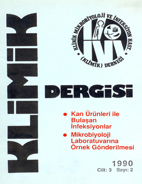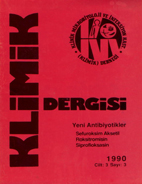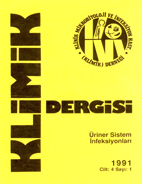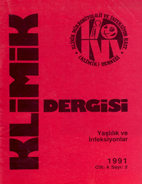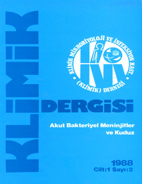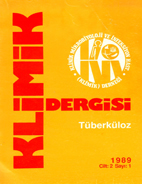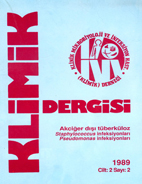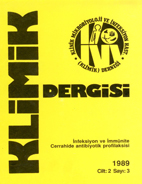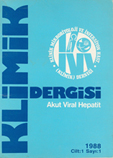Most Read
Abstract
Diabetic foot ulcers and infections are considered significant health problems worldwide. Turkish Society of Clinical Microbiology and Infectious Diseases Study Group for Diabetic Foot Infections (DAİÇG) prepared a consensus report in 2015 regarding the diagnosis, treatment, and prevention of diabetic foot (DF) ulcers and diabetic foot infections (DFI) in national circumstances. Subsequently, in 2023, representatives assigned through collaboration with relevant national specialty associations reviewed the literature and international guidelines on the pathogenesis, microbiology, assessment and grading, treatment, prevention and control, offloading, post-amputation rehabilitation; identified questions that needed to be addressed, and updated the Consensus Report with answers to these questions. The information in this report is intended to assist healthcare professionals caring for diabetic patients. Some of the answers in the report are listed as follows: 1) Many factors cause DF ulcers, with the main causes being sensorimotor polyneuropathy and the development of peripheral arterial disease (PAD). 2) In a patient with a DF ulcer, the infection should be considered if other causes are ruled out and there are at least two local inflammatory signs, such as purulent discharge or erythema, edema, warmth, pain, tenderness, and induration at the ulcer site. In these cases, the severity of the infection is described as mild, moderate, or severe depending on the depth of the ulcer, its width, and the presence of systemic signs of infection. 3) The causative agents in DFI vary depending on whether the infection is acute or chronic and the severity of the infection. Superficial DFIs that develop in patients with cellulitis and with no previous antibiotic use are mostly caused by aerobic Gram-positive cocci (staphylococci, streptococci). 4) Deep and chronic infections and/or infections of patients that have received previous antibiotic treatment are generally polymicrobial (Gram-positive cocci + Gram-negative rods). 5) The classification of the Infectious Diseases Society of America (IDSA)/International Working Group on the Diabetic Foot (IWGDF) can be used to assess the severity of DFI. 6) According to this classification, severe and certain special cases of DFI should be hospitalized for treatment. 7) Inflammatory markers such as C-reactive protein (CRP), erythrocyte sedimentation rate (ESR), and procalcitonin can be useful in differentiating infection from colonization. 8) Before starting antibiotics in suspected DFI, a suitable tissue sample should be taken from the ulcer base by curettage or biopsy for culture. 9) A three-view plain X-ray of the foot should be taken initially as an imaging method for diagnosis. This can help detect infection and bone deformities, fractures, radiopaque foreign bodies, and gas formation in soft tissues. 10) Magnetic resonance imaging (MRI) is a sensitive and specific method for patients who do not respond to treatment or where osteomyelitis or deep soft tissue abscess is suspected. 11) Culture and a positive result in histopathological examination of the bone are accepted as the gold standard in diagnosing osteomyelitis. 12) To promote ulcer healing and salvage of the limb, it is necessary to perform urgent and aggressive debridement to remove dead and infected tissues, provide proper ulcer care, relieve the foot from pressure, administer appropriate antibiotic therapy, achieve metabolic control, diagnose and treat PAD, and restore foot function. 13) In cases of DFI and PAD coexistence, consultation with the relevant surgical specialty is essential for the planning and timing of surgical procedures, and it is also advisable to seek the opinion of a vascular surgeon for revascularization. Surgical management of DF ulcers can be analyzed in five sections: (a) Urgent ulcer intervention; abscess drainage and/or debridement, (b) surgical interventions for vascular pathologies, (c) ulcer closure interventions; reconstruction methods; graft and flap surgery, (d) reconstruction of bone and foot pathologies for ulcer prevention and treatment (Charcot foot deformity, Achilles lengthening, tenotomy, and osteotomies, etc.), (e) minor and major amputations when necessary. 14) Amputation may be a more appropriate choice when infected tissue cannot be completely cleaned with debridement, when the patient is bedridden or has a non-functional extremity, when it is believed that adequate revascularization cannot be achieved by orthopedic and plastic surgical interventions, in cases where reconstruction is nearly impossible, and in dialysis patients. 15) The goal of post-DFI reconstruction is to allow the ankle to reach a neutral position and to make the plantar surface of the foot have a balanced contact with the ground. 16) Selected ulcer care products can be used based on the characteristics of the ulcer to support and accelerate ulcer healing, reduce the risk of complications, ensure patient comfort during treatment, and improve quality of life. 17) DF ulcers often develop due to improper shoe selection during the structural and biomechanical changes, resulting in fluid accumulation and callus formation around bone surfaces. 18) Orthoses, which distribute pressure over the widest possible area, are the most effective means of reducing plantar pressure in the foot. 19) Hyperbaric oxygen therapy is beneficial in addition to revascularization and antibiotic therapy, which are the primary treatments for pathologies causing tissue hypoxia, such as ischemia, infection, and edema. 20) Negative pressure ulcer therapy is an additional adjunct method to conventional techniques, and it can contribute to the healing process with the correct indications. 21) In cases where the infection is under control, active osteomyelitis is absent, topical epidermal growth factor (EGF) can be used for Meggitt-Wagner ulcer classification grade 1-3, and intralesional EGF applications can be used for grade 3-4 in addition to standard treatments. 22) Preventive medical practices in people with diabetes, collaborative efforts of the patients, their families, and the medical team, and regular patient education are necessary to prevent DF ulcer development. In the event of DF ulcer development, interdisciplinary collaboration in moderate/severe infections is essential for early treatment and infection prevention.
